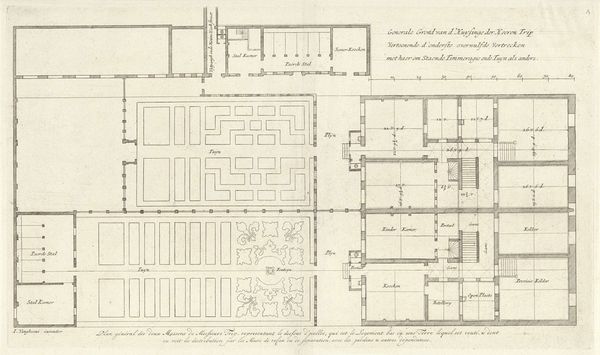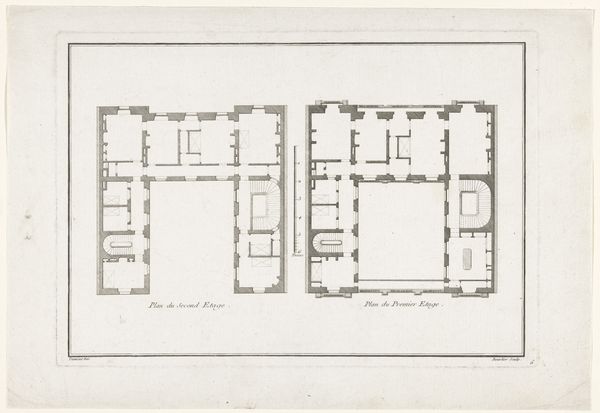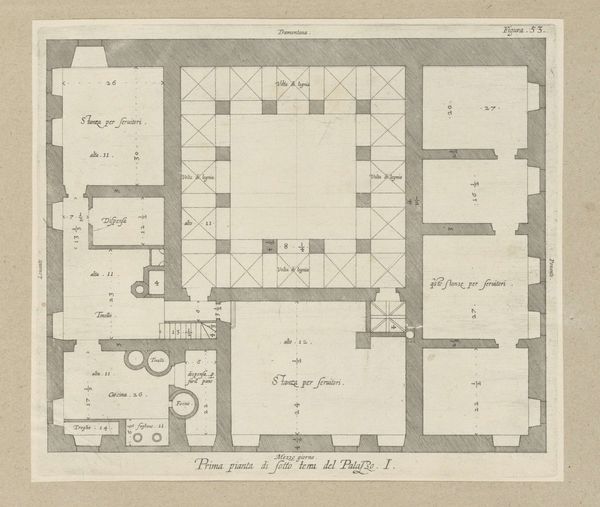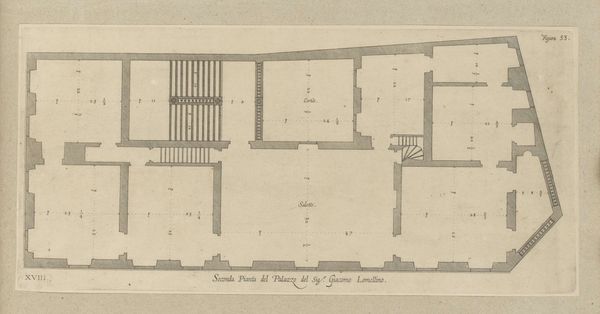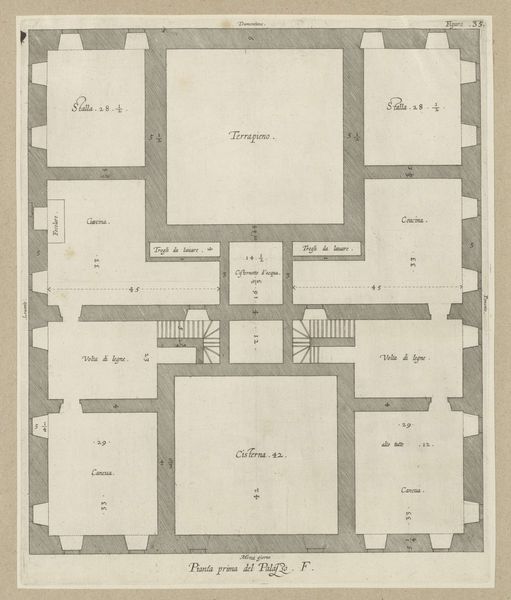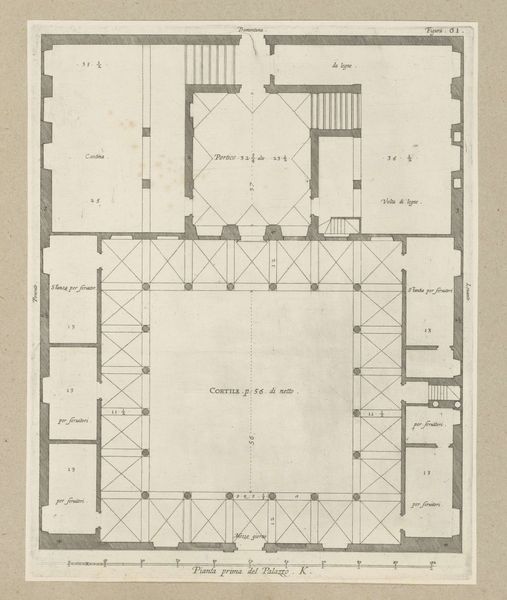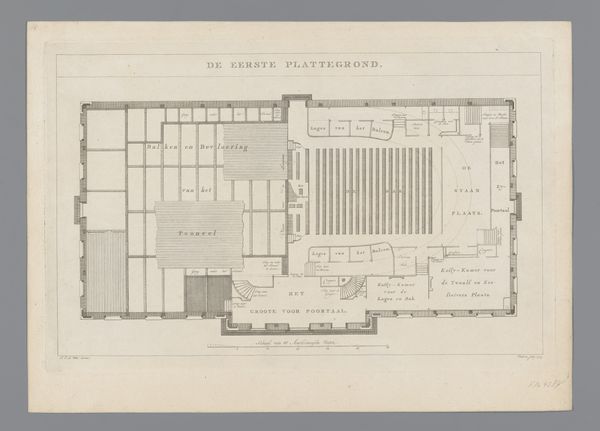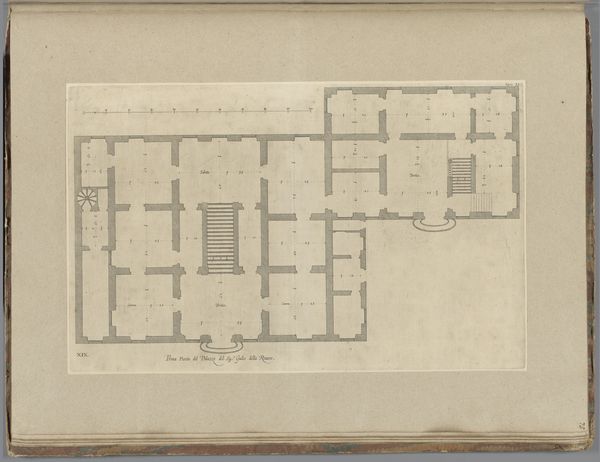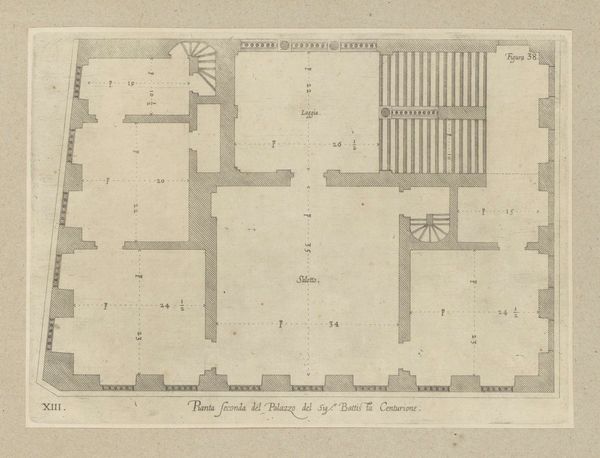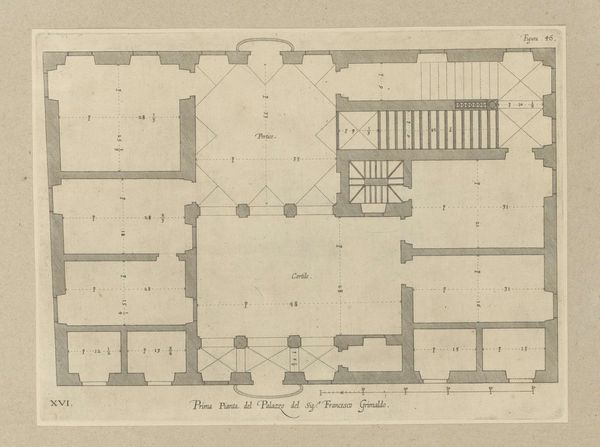
Plattegronden en opstanden van de Villa Spinola di San Pietro, Villa Grimaldi, Palazzo Spinola en Palazzo Rostan Raggio te Genua 1622
0:00
0:00
nicolaesryckmans
Rijksmuseum
drawing, paper, ink, architecture
#
drawing
#
baroque
#
paper
#
ink
#
geometric
#
architecture drawing
#
cityscape
#
architecture
Dimensions: height 401 mm, width 294 mm, height 583 mm, width 435 mm
Copyright: Rijks Museum: Open Domain
Editor: This is "Plattegronden en opstanden van de Villa Spinola di San Pietro, Villa Grimaldi, Palazzo Spinola en Palazzo Rostan Raggio te Genua," created in 1622 by Nicolaes Ryckmans. It's an architectural drawing, using ink on paper, held here at the Rijksmuseum. It’s quite detailed, almost sterile in its precision. What am I meant to take away from these floor plans and facades? Curator: Sterile, you say? I see a kind of elegant ghost story in these lines. Think about it: these aren't just blueprints; they're echoes of lives lived, of conversations had, of secret rendezvous plotted within those walls. Each room, each terrace whispers with untold stories. Ryckmans wasn't just mapping space, he was hinting at potential narratives. What catches *your* eye the most? Editor: Maybe the sheer number of rooms crammed onto the page. The scale feels both intimate, because of the close detail, and overwhelming due to its repetitive precision. So much room for stories, as you say. Does the Baroque style itself dictate this intense compartmentalization? Curator: Ah, that’s a fascinating point! The Baroque period certainly loved its complexities and ornamentation, but in architecture, that translates to something more functional too, right? Think about power, wealth, status... How do you display it? Big empty rooms aren't much good to anyone – you need smaller, more defined spaces to facilitate specific social interactions, to subtly control the flow of people through a building, don’t you think? Ryckmans has shown us not only where to stand but also how to *be*. Editor: That's brilliant. It's like he’s diagramming social choreography, too. I initially just saw lines and labels. Curator: Exactly! It is, like most art, so much more than the initial image! Now we can dream ourselves inside.
Comments
No comments
Be the first to comment and join the conversation on the ultimate creative platform.
